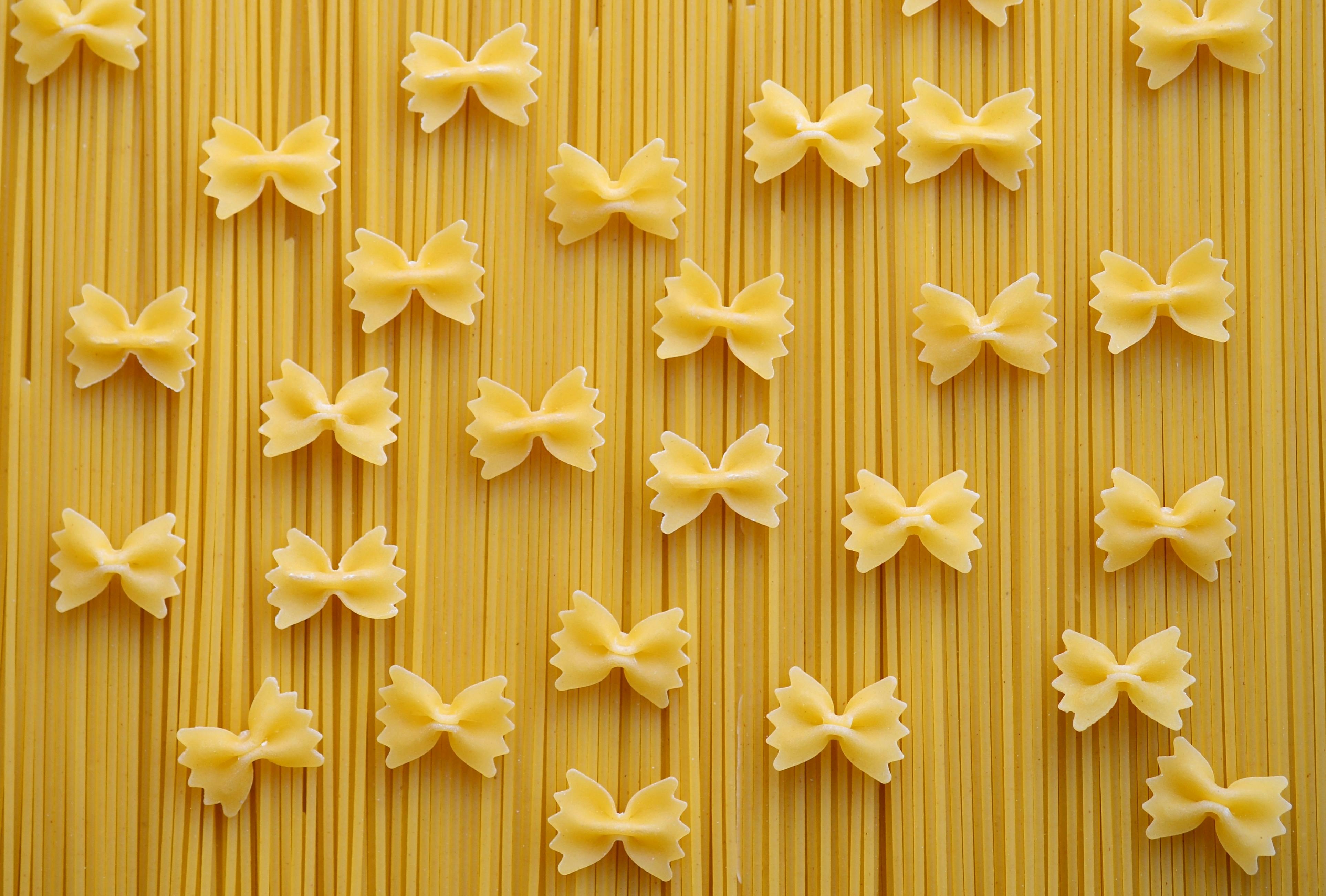 |
| noodles-pasta-spaghetti-farfalle-42326.jpeg |
ORGANIC MOLECULES
This week we were learning about organic molecules. Here is what I KNOW.
Carbon
Carbon forms a total of four bonds. It can form straight chains, branched chains, or rings, giving living things the possibility of all different shapes.
Carbon, Hydrogen, Oxygen, Nitrogen, Sulfur, Phosphorus.
Nucleic Acids
Nucleic Acids are made up of Carbon, Oxygen, Nitrogen, and Phosphorus.
The monomer is nucleotide. Examples of nucleic acids are DNA/RNA.
DNA
DNA is found in the nucleus and carries all the information that the cell requires to perform its functions.
RNA
RNA codes for making proteins and can be found in the cytoplasm and nucleus.
Carbohydrates
Carbohydrates are energy rich compounds that are made up of carbon, hydrogen, and oxygen. The monomer is saccharide. Carbohydrates provide energy for the cell and are components of some cell parts. The chloroplast makes carbohydrates. Examples of carbohydrates are starch, sugar, pasta, rice, bread, wheat, etc.
Proteins
Proteins are made up of carbon, hydrogen, oxygen, nitrogen, and sulfur.
The monomer is aminoacid. Proteins form most organelles. They regulate growth. They also transport oxygen around. Proteins increase the rate of chemical reactions. Examples of Proteins are meat, beans, soy, tofu, legumes, cheese, yogurt, etc.
Lipids
Lipids are made up of carbon, hydrogen, and oxygen. The monomer is fatty acids. Lipids act as storage for the cell. Examples of lipids are oil (any kind), waxes, fats, butter, cream, and cheese.
S&EP: SP2: DEVELOPING AND USING PICTURES
This week I made a foldable containing the information above, lots of color, and pictures that I drew by hand.
No comments:
Post a Comment